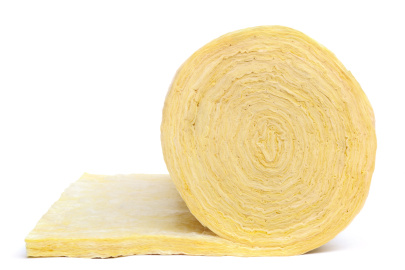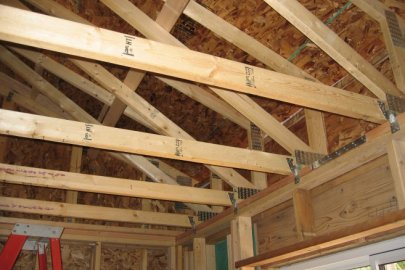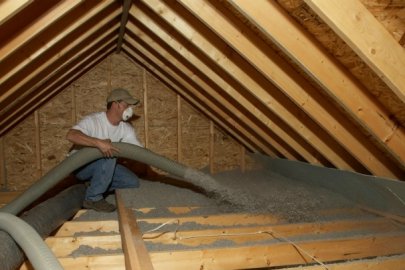If you pay your own energy bills, you don’t need to be reminded that residential heating oil prices usually rise over the winter months. as do the average U.S. residential electricity prices.
Heating and cooling account for 50% to 70% of the energy used in the average American home. If you want to substantially reduce energy costs, decreasing the amount of energy needed for heating and cooling your home is a good place to start.
Properly insulating your home, reducing air leakage by air sealing, and replacing or improving your heating system are the three major ways of reducing your heating bills and make energy more affordable.
Regarding insulation, newer homes generally are better insulated than older, unimproved homes because building energy codes have been getting progressively better over the years. If you have an older home, you probably know that you need to better insulate your home. Do you know, however, that unless you are one of the lucky few whose home was constructed with special attention to energy efficiency, adding insulation to “new” or “newer” homes will probably reduce your utility bills?
Many homes built today are still not insulated to the optimal (best) recommended levels. Exceptions may be those homes built to high performance energy efficiency levels, such as those participating in various energy efficiency and green building programs, including the Department of Energy's Building America, ENERGY STAR® Qualified New Homes, Home Performance with ENERGY STAR, and LEED for Homes.
Use the U.S. Department of Energy's Zip-Code Insulation Program to determine how much insulation you should add and where to achieve the recommended insulation levels for maximum energy efficiency. The Zip-Code Insulation Program also provides insulation cost estimates and a rate of return on your investment.
Many people mistakenly think that heat rises. It is true that hot air rises, via convection, so you’ll want to seal and insulate well the ceiling of your top floor that meets the attic space. Heat actually moves in all directions, from a warm area to a cooler area by conduction and radiation. That means it makes good economic sense to insulate the entire building envelope—that part of the house connected to the outdoors—and heating ductwork in unheated spaces, not just the attic.
When insulating your home, you can choose from many types of insulation. Your choice may depend on which part of the house you’re insulating, and if you have easy access to the space. For example, to insulate a wood stud wall, you’ll have far more choices during new construction, or renovations where the wall cavity is open, than if you want to insulate a wall cavity without removing the drywall.
If you’re not the do-it-yourselfer type of person, or just don’t have the time to do it yourself, have it done by a professional. It’s also a good idea to have insulation professionally installed to avoid moisture-related and air quality problems and backdrafting, a dangerous situation that can occur if you have combustion appliances and you seal your house too tight. Low-income residents should contact their state or local weatherization office for assistance. Then after a job well done, sit back in your easy chair and relax, with the peace of mind knowing that you’ve lowered your future heating (and cooling) bills, and probably improved the comfort of your home as well.
Subscribe to receive updates from Energy Saver, including new blogs, updated content, and seasonal energy saving tips for consumers and homeowners.









